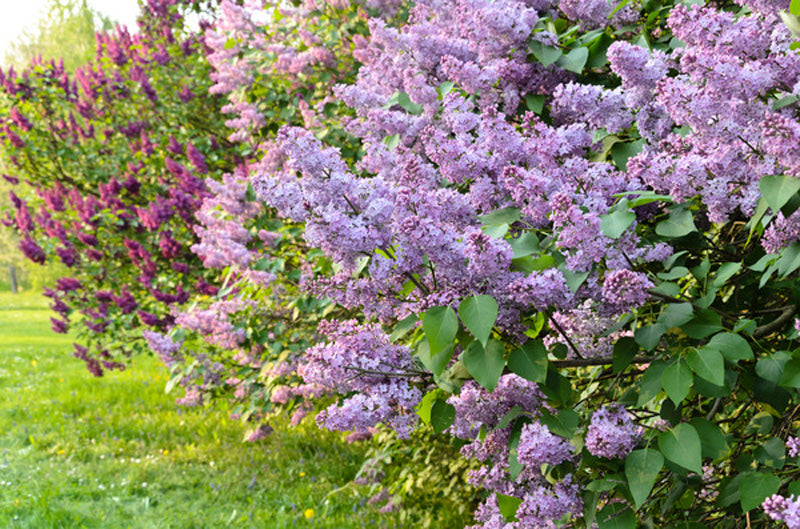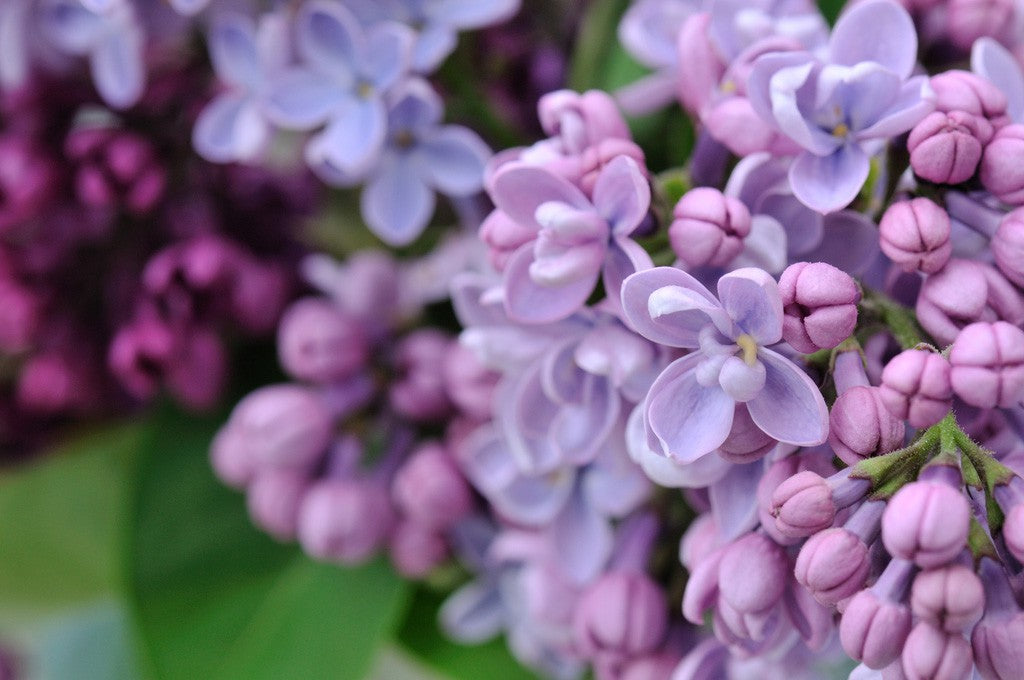Lilac dream
Lush spring splendor with an inimitable fragrance: Lilacs are one of the most robust and beautiful flowering shrubs in the garden and are as much a part of May as lily of the valley and May punch. That's why they were once a must-have in any cottage garden. Delicate purple or vibrant pink, white single or double blossoms—lilacs delight with their wide range.

Nostalgic flair
A hundred years ago, a lilac bush was found in almost every garden – then it fell out of fashion and seemed a bit too old-fashioned to many garden designers. Thanks to a number of excellent, contemporary varieties, many garden enthusiasts are now rediscovering this beautiful garden shrub. They don't have to settle for the standard range of double and single-flowered cultivars of the common garden lilac (Syringa vulgaris).
Variety
There are now varieties of noble lilac with significantly improved characteristics: They are more robust and usually somewhat more compact than the older varieties. Some exhibit attractive color transitions due to the color change from the darker buds to the open blossoms. All noble lilac varieties can reach four to six meters tall and can also be grown as small flowering trees with a single stem. They can reach a very old age and occasionally form runners. The wild forms, with their delicate flower structures, are also playing an increasingly important role. These include, for example, Hungarian, Persian, Japanese, Himalayan, and various Chinese lilacs, which are often hard to find in hardware stores. For these, you should go to a well-stocked nursery. Interestingly, there are smaller varieties available – they are the first choice for smaller gardens. The so-called Preston hybrids (Syringa x prestoniae), a cross between the bow-legged lilac and the shaggy lilac that originated in Canada and grows no taller than three meters, are becoming increasingly popular. The advantages of these hybrids are their frost resistance, their very long and delicate flowers, and their slightly later flowering time in summer. Those with even less space in their garden should opt for dwarf lilacs such as Syringa meyeri 'Palibin' or Syringa microphylla 'Superba'. At just 1.5 meters tall, they can even be grown in pots.
Robust and easy to care for
Lilacs are fairly easy to care for and undemanding garden plants, so you don't have to be an experienced gardener to enjoy their blossoms. They require a sunny location and are tolerant of soil requirements, although different varieties prefer quite different soils. They only dislike waterlogging and compaction. Sandy soil should be improved with humus-rich soil, and the shoots should be cut back heavily in the first year after planting. Lilacs need another two to three years to become established. After that, they are a virtually indestructible garden plant that you will enjoy for many years. Incidentally, lilacs belong to the olive family, along with forsythia and privet, which explains their relative resistance to pests and diseases.
Loner or team player
Lilacs are ideal as a standalone plant in the garden. They are also a real eye-catcher when combined with shrubs that bloom around the same time, such as ornamental apple, kolkwitzia, sweet jasmine, or weigela. And if you have enough space, you can plant a lilac hedge as a windbreak – a real feast for the eyes during their flowering period in May, which can, however, grow three to four meters wide. Because the shrubs form a dense root network and often runners, underplanting them in the garden is not easy: You can use various bulbous flowers such as tulips, daffodils, and crocuses, or robust perennials that can tolerate drought, such as wood anemone, Balkan cranesbill, or forget-me-nots. If a dense root network has already developed, sowing seeds of Judas agaric or night violet is worth a try.
Another tip:
When choosing a noble lilac, buy true-root varieties if possible. Grafted plants tend to spread runners from the rootstock and produce a host of wild lilac shoots that must be repeatedly removed. All other lilac varieties are grown exclusively "true-root" varieties.
If you want to bring the intoxicating scent of lilacs into your home, feel free to cut a few branches. The blossoming branches won't wilt so quickly in a vase if you cut them early in the morning, remove all the leaves, and cut the branches diagonally with a sharp knife. Leafy branches can then be added separately.
TEXT: Uta Göttsche









































































































